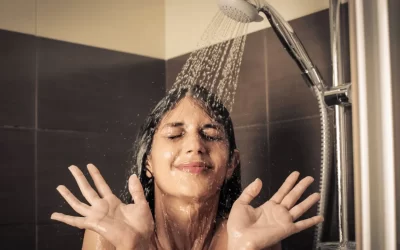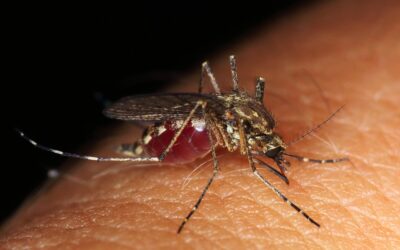WHAT IS POLLEN ALLERGY?
Pollen allergy, also known as allergic rhinitis or hay fever, occurs when the immune system reacts to pollen particles released by plants during their reproductive cycle. This allergic response often leads to symptoms such as sneezing, nasal congestion, itchy or watery eyes, throat irritation, and sometimes coughing.
Symptoms
These are common symptoms associated with allergies:
Allergies often manifest with sneezing, nasal congestion, and a runny or stuffy nose. They can also cause itchy or watery eyes (allergic conjunctivitis) and scratchy throat or throat irritation. In some cases, allergies may lead to coughing, although this is less common. The disrupted sleep caused by these symptoms can contribute to fatigue and irritability during the day.
Types
Grass pollen, tree pollen (such as oak, birch, cedar), weed pollen (like ragweed), and flower pollen are all common allergens. Each type of pollen can lead to symptoms like sneezing, nasal congestion, runny or stuffy nose, itchy or watery eyes, and throat irritation in susceptible individuals. Allergies to these pollens can vary in severity depending on the specific allergen and the individual’s sensitivity
Treatments
Allergies can be managed effectively through a variety of treatments and strategies. Antihistamines are commonly used to ease symptoms like sneezing and itching by blocking histamine, a key chemical in allergic reactions. Decongestants work by shrinking swollen blood vessels in the nasal passages, which helps clear nasal congestion and improve breathing. Nasal corticosteroid sprays are effective in reducing inflammation in the nose, providing relief from congestion and discomfort over time. For long-term management, allergy shots (immunotherapy) gradually desensitize the immune system to specific allergens, reducing allergic reactions. Additionally, saline nasal irrigation can help by rinsing allergens and mucus from the nasal passages. Alongside these treatments, avoiding allergens by staying indoors on high pollen days, keeping windows closed, and using air filters can significantly reduce allergy symptoms. These approaches can greatly enhance the quality of life for allergy sufferers, offering personalized relief and management tailored to individual needs and sensitivities.
Preventions
To minimize the impact of pollen allergies, it’s important to adopt several preventive measures. Start by staying updated on daily pollen forecasts to plan outdoor activities accordingly, opting to stay indoors on days when pollen counts are high. Keeping windows closed, particularly on windy days or during peak pollen periods, can significantly reduce the amount of pollen entering indoor spaces. Using air conditioning with a HEPA filter helps to purify indoor air, minimizing allergen exposure. After spending time outdoors, it’s beneficial to shower and change clothes promptly to remove pollen from skin and clothing, preventing it from spreading indoors. Lastly, limiting outdoor activities during early morning and late afternoon, when pollen levels are typically highest, can further alleviate allergy symptoms. By incorporating these strategies into daily routines, individuals can effectively manage pollen allergies and reduce discomfort associated with allergic reactions.







0 Comments